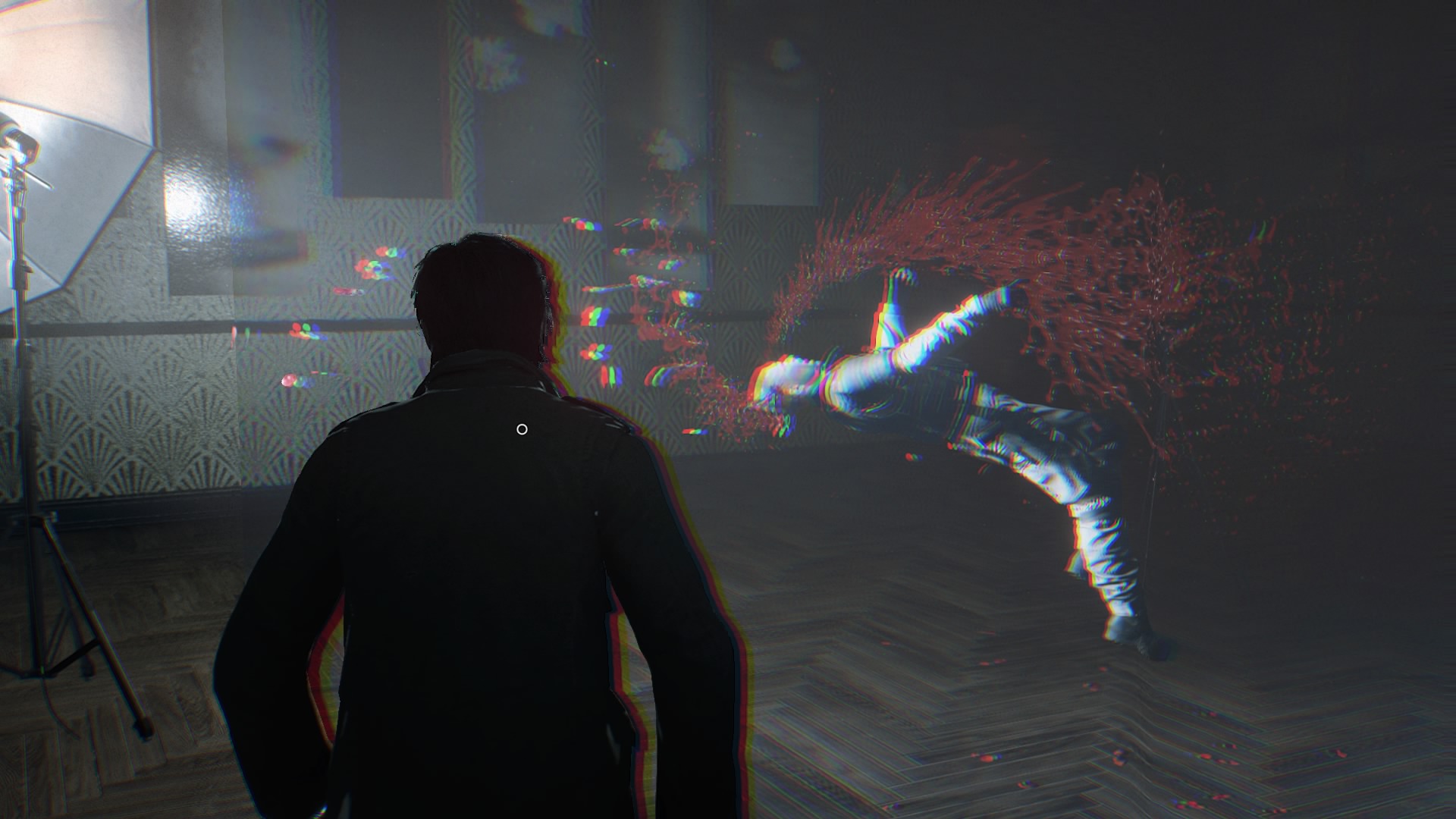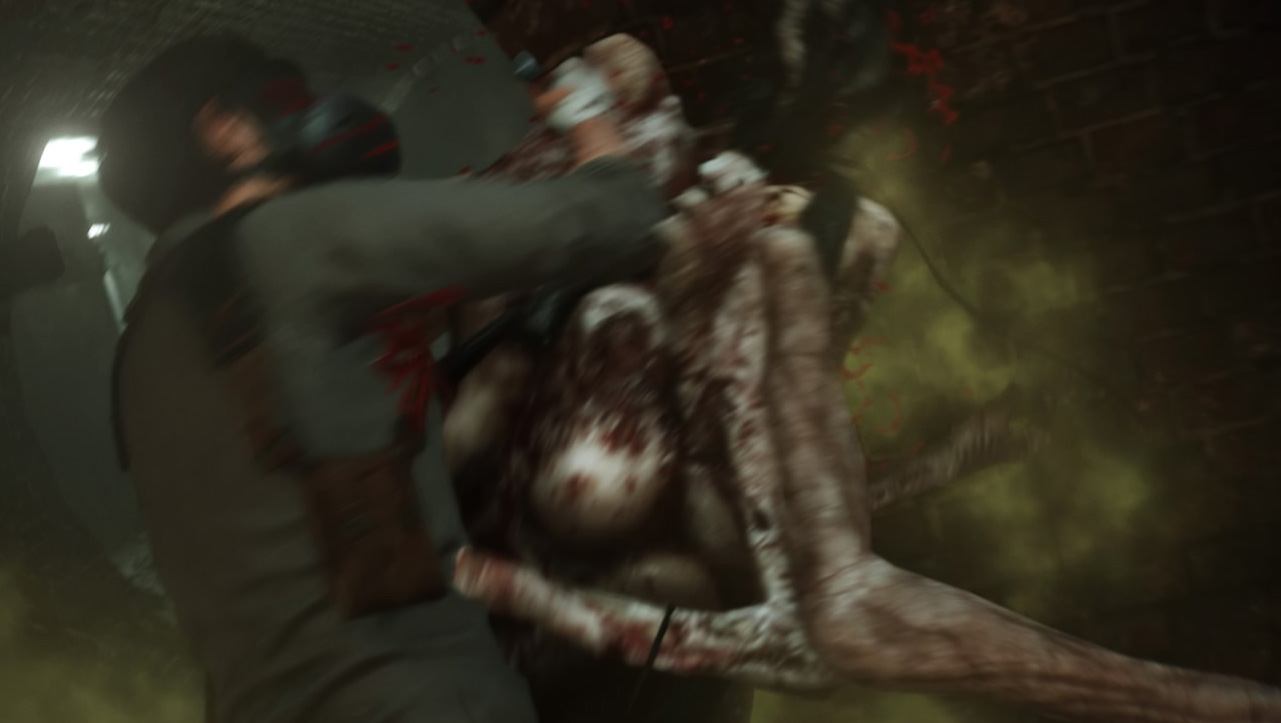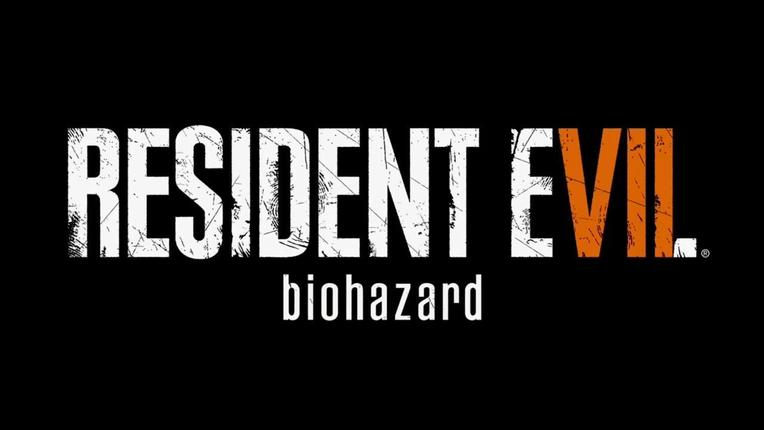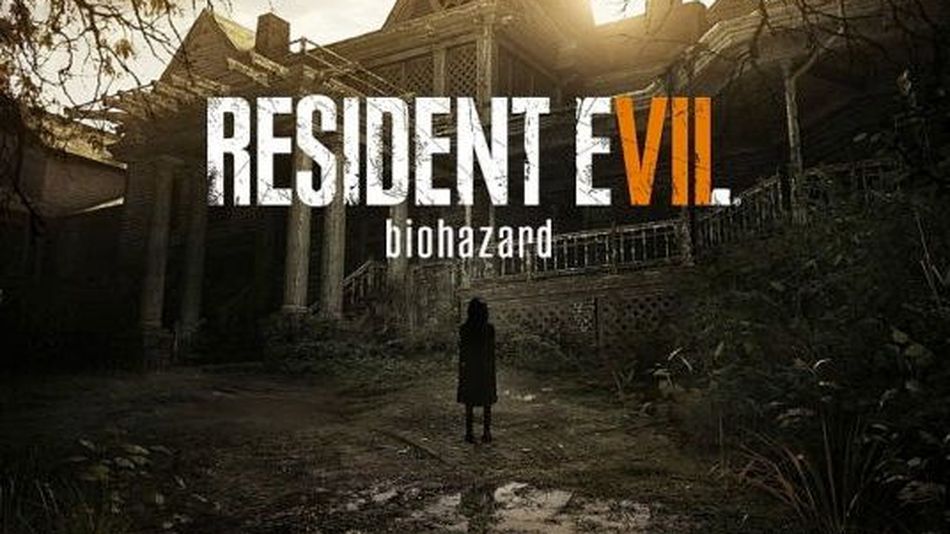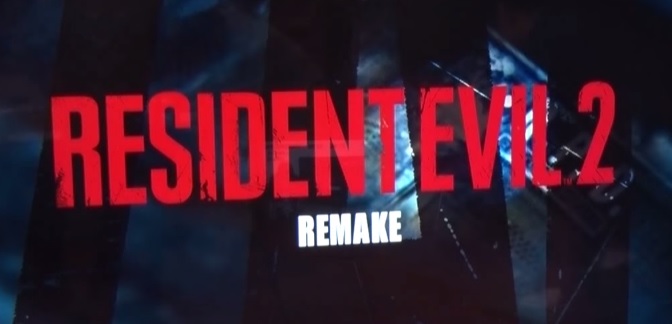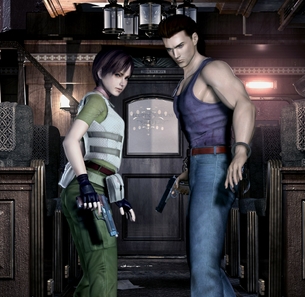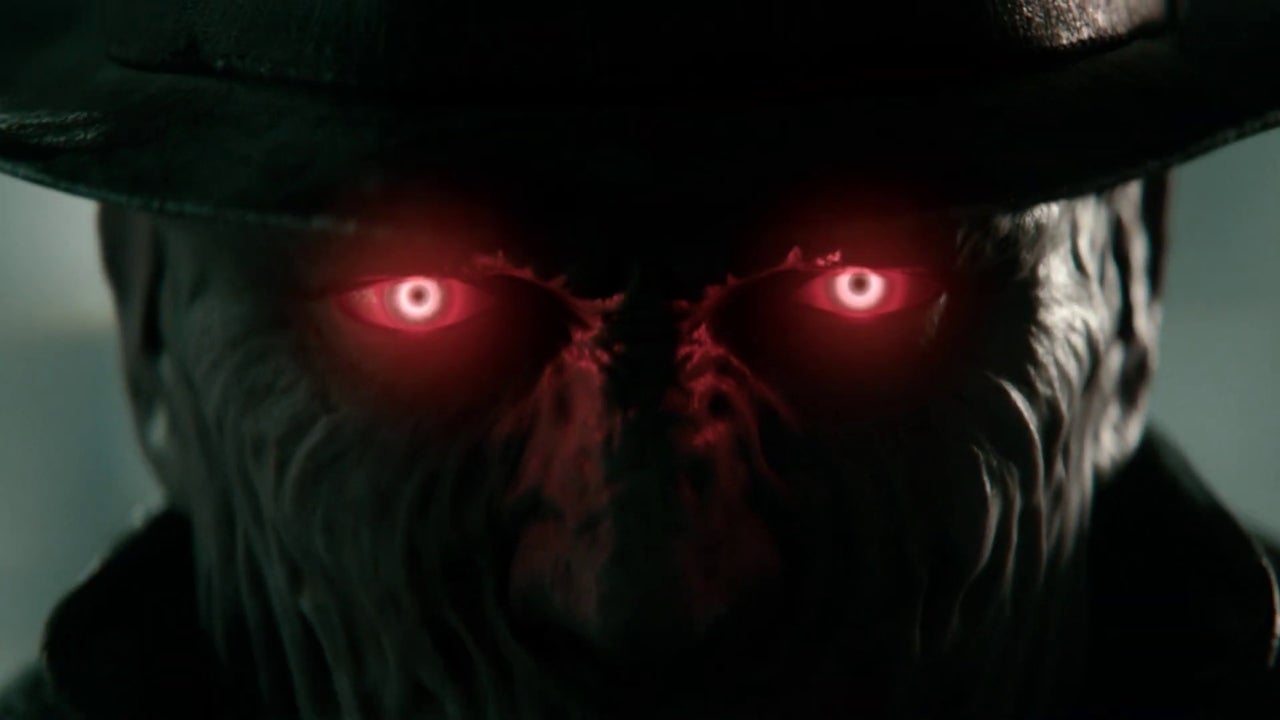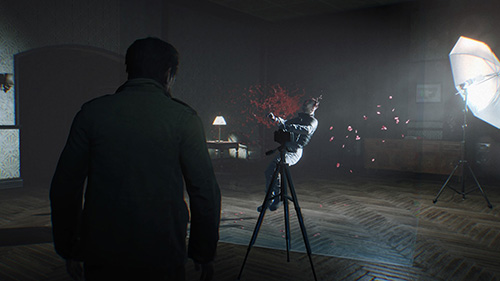
In its opening hours, The Evil Within 2 features some of the most arresting and beautiful horror imagery I’ve seen in a video game in years – even if the designers still wear their influences on their sleeve. As the red curtains (lifted from Twin Peaks) pull back and you discover all manner of bizarre time-frozen exhibits (reminiscent of The Cell), the game nonetheless sets up its own creepy and abstract world, where murder can be turned into a work of art. On the strength of the opening and other moments in the first third of the game, The Evil Within 2 is a must-buy for horror fans. This method of pastiching ideas extends throughout just about every aspect of the game – but it doesn’t always work quite so well.
At least the story is relatively more straightforward than its predecessor, using concepts already introduced in that game to hit the ground running this time around. Sebastian Castellanos is an ex-cop, who has become a drunken mess since his time investigating Beacon Mental Hospital in The Evil Within. In that game, spoiler-alert, Sebastian was plugged into an experimental system called ‘STEM’ which allows human minds to be linked together in an artificial dream world, more-or-less just like The Matrix, allowing its users’ mental hang-ups and fears to manifest and twist the false reality. It’s essentially a concept that gives the writers free reign to invent any horror scenario they can think of, and have justification for it within the narrative – smart.
Sebastian is recruited from the bottom of his shot glass by a shady secret society who have built a new STEM system, creating an artificial town called ‘Union’ with its entire populace networked in. However, things have inevitably gone awry, and Sebastian is asked to enter the system not only to save Union but his daughter – thought dead in a tragic fire, but who was instead conveniently kidnapped by said secret society and used as the server or ‘core’ of STEM. Of course, inside Union is all shades of horribly messed up and infested with hordes of enemies Sebastian must take down in order to reach his daughter.
So, it’s essentially the premise of Silent Hill – a protagonist with a dark past enters a wacked-out town covered in fog, chasing after a little girl who always seems beyond reach. The twist The Evil Within 2 adds is explaining that certain personality types, such as psychopaths, hold more sway in STEM’s mental dream world. The first you encounter, and the one whose work is featured in most of the marketing for the game, is Stefano, a twisted artist who turns murders into masterpieces. The visuals and design around his portion of the game would be enough to carry an entire story, if the game chose to focus on it more, however there are another two antagonists who are subsequently faced – their own personalities shaping the world in different, but less interesting ways. The game never quite gets back the abstract horror Stefano brings to the table, which is a great shame.
The pacing problems don’t end with the story, as the overall design has seen an ambitious shift towards semi-open world gameplay. While sections of the game remain in a traditional on-rails guided format, with rooms that won’t unlock until you defeat enemy waves, there are around three areas of Union where you’re free to explore at your leisure. Using your ‘communicator’ to hone in on radio signals around the town, you can follow side-quests or find secret scenes that have nominal backstory importance, weapons and upgrades. Occasionally, you’ll be thrust into a closed-off horror mission with little warning which while a little scary can be frustrating that they weren’t signposted better. It’s also disappointing that Union itself isn’t as engaging a setting as the linear sections, feeling more like a generic horror town than a character in its own right, like Silent Hill or even the similar Bright Falls from Alan Wake.
These open hub areas are a reasonable attempt to get a proper scary game working in an open world. Stealth is encouraged, and in fact necessary as you start the game with limited resources, as you avoid mobs of underwhelming zombie-like enemies that roam the town’s streets. This makes exploration slow-going and risky, requiring you to properly chart ‘safe houses’ where you can refill your health via recharging coffee machines. It’s a good idea to hang a horror adventure around, and it works for most of the game, until you learn that unless you really want to grind bad guys for crafting materials and experience goo (which can upgrade Sebastian’s health and stamina), you can easily outrun or avoid the majority of encounters.
Combat is largely your standard horror fare, with a selection of handguns and shotguns, and later a crossbow with configurable ammunition and assault rifle. These are all upgradable via the game’s crafting system, vitally to increase stats like your handgun’s chance of critical hits or shotgun’s damage. Most enemy encounters with zombies do tend to be frustrating thanks to their ability to duck, weave and charge fairly effectively – the best encounters in the game are with the bosses though, which showcase the coolest monster designs the title has to offer, and allow you to mix up your offensive, defensive and ‘running for your life’ strategies.
The Evil Within 2 is uneven, and owes a lot to its laundry list of influences, but there is real artistic effort and ambition behind it which I respect. As a series, The Evil Within’s strength lies in its surreal visuals, and a premise which allows the environments to get as crazy as the designers can imagine, and there are times when The Evil Within 2 fully realises this. However, while its shift to semi-open world gameplay is interesting and bold, it isn’t completely successful, and honestly can feel like it’s padding the game length out to reach 20 hours. Like one of its shambling monstrosities, The Evil Within 2 is freaky but flabby, but still absolutely worth a look for its daring delve into dark dreamworlds.
- Strong start and some amazing imagery - Ambitious attempt to make a semi-open horror world - Some cool monster designs - Story is more straightforward than the first, but...
- The story does suffer pacing issues and doesn't engage as it should - The open world and traditional designs don't quite mesh either

